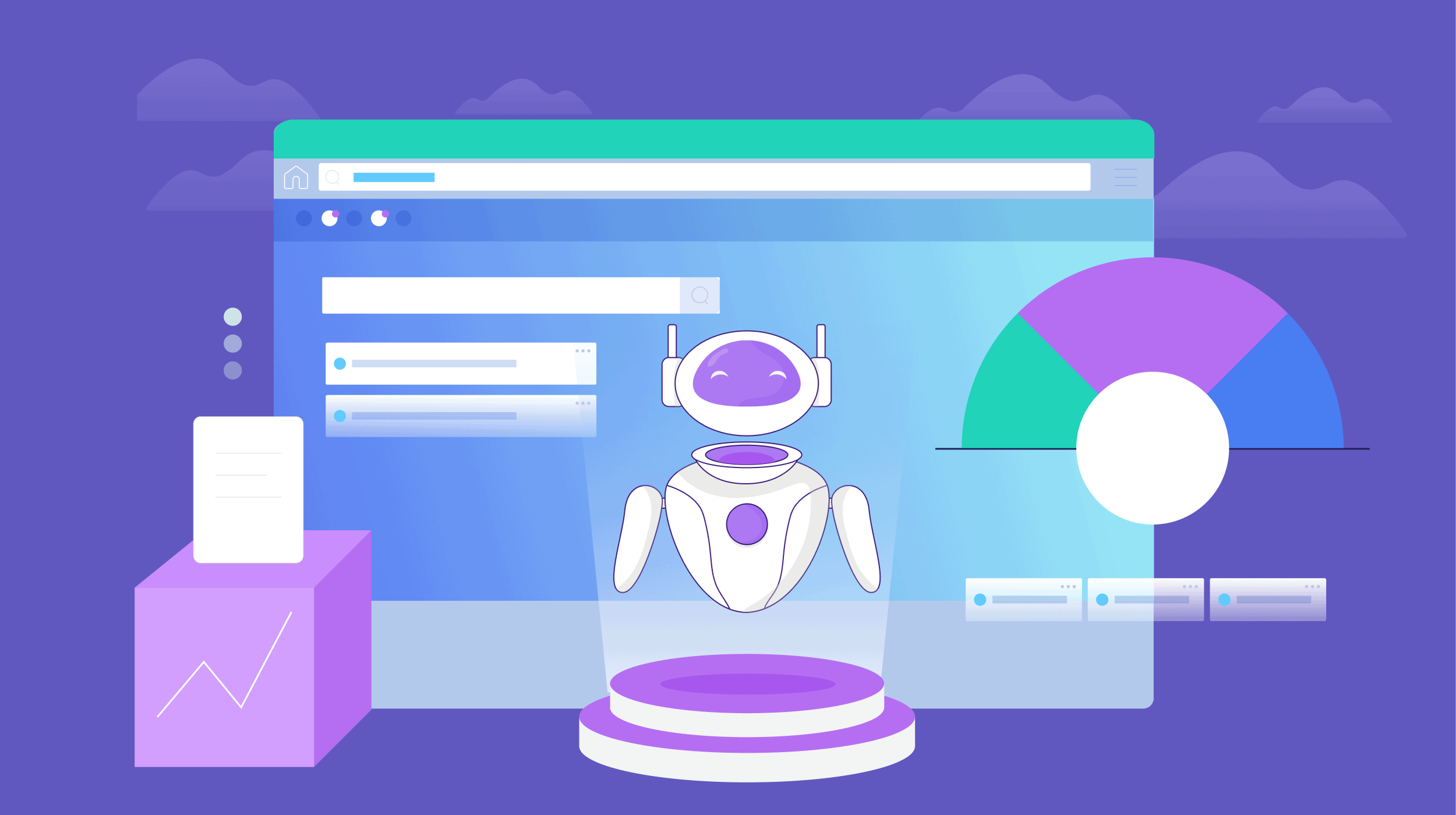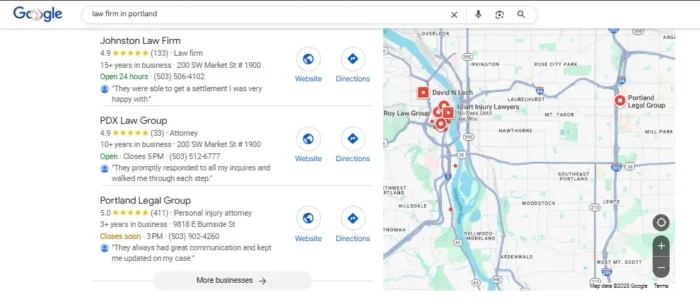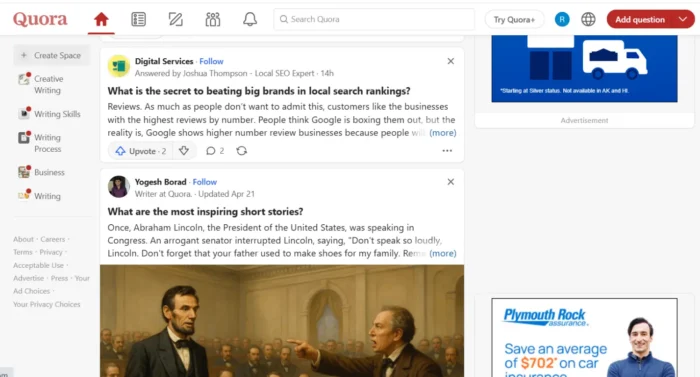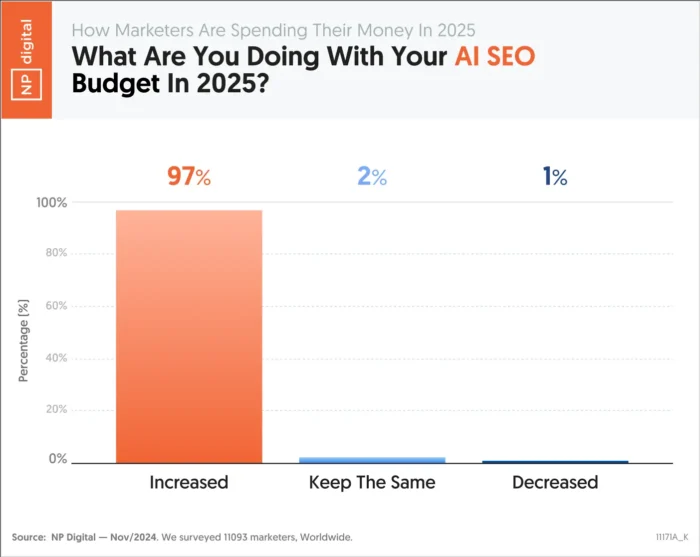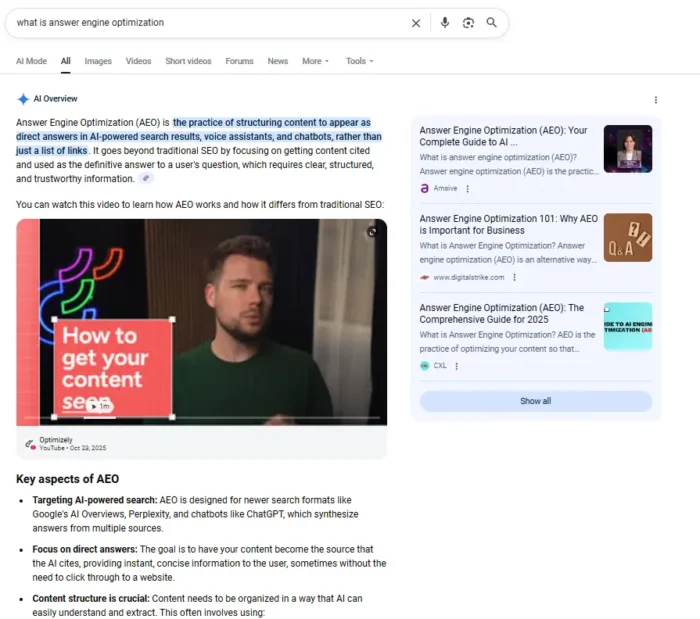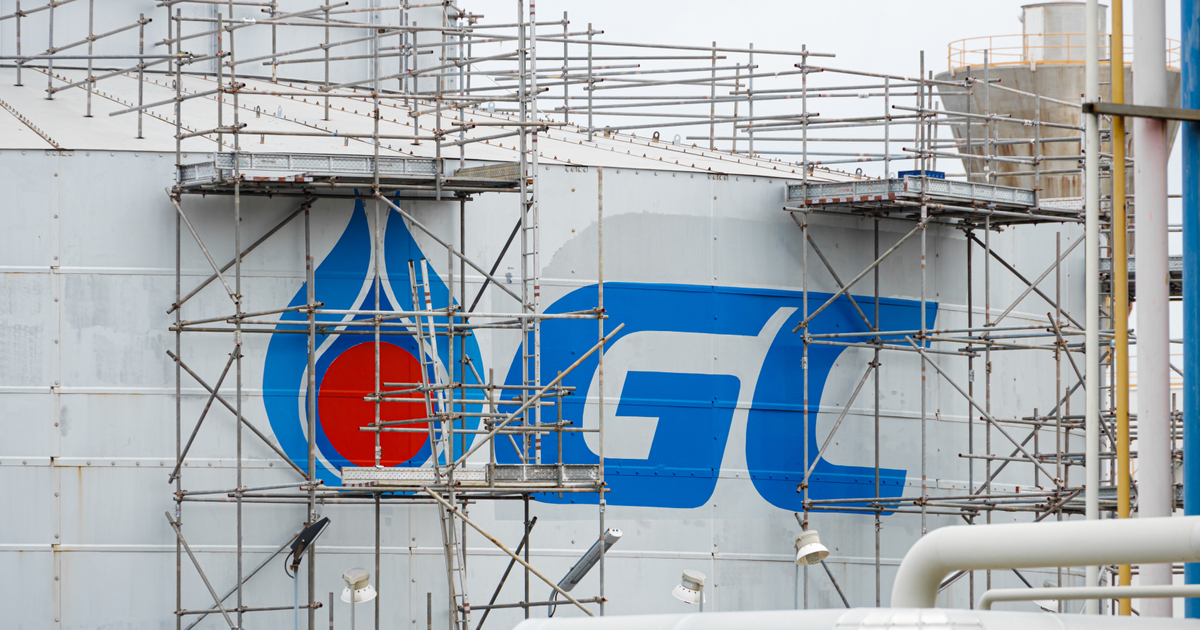Build Brand Awareness: Strategies to Boost Visibility
If your target audience doesn’t know you exist, they won’t buy from you. Simple as that. That’s why you need to build brand awareness the right way. Not just through paid ads or ranking for keywords. Real brand awareness...
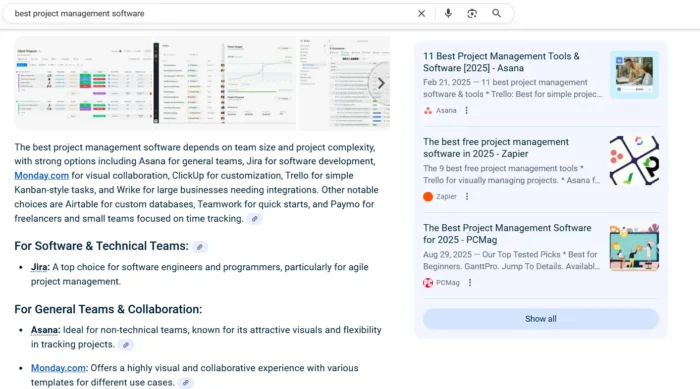
If your target audience doesn’t know you exist, they won’t buy from you. Simple as that.
That’s why you need to build brand awareness the right way. Not just through paid ads or ranking for keywords. Real brand awareness is how people remember you, talk about you, and choose you when they’re ready to buy.
Here’s something most marketers miss: AI tools like ChatGPT and Google’s AI Overviews are now major discovery channels. These platforms cite recognizable brands more than unknown ones. If your brand isn’t mentioned across the web, you’re invisible in AI search results too.
This guide focuses on organic growth. We’ll cover consistent messaging, smart partnerships, and making the most of platforms you already use. If you want to show up, stand out, and stick in people’s minds, here’s how to do it.
Key Takeaways
Brand awareness drives visibility in both traditional search and AI-powered searches Consistent branding across platforms builds familiarity faster than sporadic campaigns. Thought leadership and strategic partnerships amplify reach without ad spend. You can build strong brand awareness organically with a focused, persistent plan.Why Brand Awareness Matters More Now Than Ever
Familiarity breeds trust. The more people recognize your brand through brand mentions, the more likely they are to choose you over competitors.
Studies back this up. According to Invesp, 59% of customers prefer to buy from brands familiar to them. The more people recognize your brand, the more likely they are to choose you over competitors. Familiar brands feel safer. That trust shows up in clicks, conversions, and customer loyalty.
But there’s a new wrinkle: AI visibility.
Platforms like ChatGPT, Perplexity, and Google’s AI Overviews pull from recognizable brands when generating responses. If your brand isn’t mentioned in high-quality content, forum discussions, or authoritative sources, AI tools skip over you. That means potential customers never see your name.
Take a look at a Google AI Overview result for “best project management tools.” You’ll see names like Asana, Monday.com, and Trello cited repeatedly. Those brands didn’t get there by accident. They earned consistent mentions through strong branding, thought leadership, and organic content.

Brand awareness also builds equity. The more recognizable you are, the easier it becomes to launch new products and charge preferred prices. Recognition compounds over time.
Elements of a Brand Awareness Strategy
Before you jump into tactics, you need a foundation. Brand awareness doesn’t happen from random acts of marketing, but a formal strategy.
Start with a clearly defined brand identity. That means locking in your tone of voice, visual style, core values, and key messaging. These elements should carry through your website, social profiles, email campaigns, and any other channel you use. Ideally, put this together in a guide that your team can reference when needed.
Next, understand your audience. You can’t build awareness if you don’t know who you’re targeting. Create detailed buyer personas and perform customer journey mapping so you know what platforms they use, what content they consume, and what problems they’re trying to solve.
You also need a clear content distribution plan. Will you focus on LinkedIn and YouTube? Or prioritize SEO and email marketing? The best strategies start narrow and expand once you’ve mastered one or two channels.
Organic Strategies to Increase Brand Awareness
Here’s where we get tactical. These strategies don’t require ad budgets, but they do require consistency.
Refine and Define Your Brand Identity
Let’s get into a little more detail about brand identities. After all, if you can’t clearly describe your brand’s personality, your audience won’t be able to either.
A real identity goes beyond logos and color palettes. It’s about consistent voice, values, and visuals across every touchpoint. Look at Slack: their playful tone and clean design are instantly recognizable whether you see a billboard or a tweet.
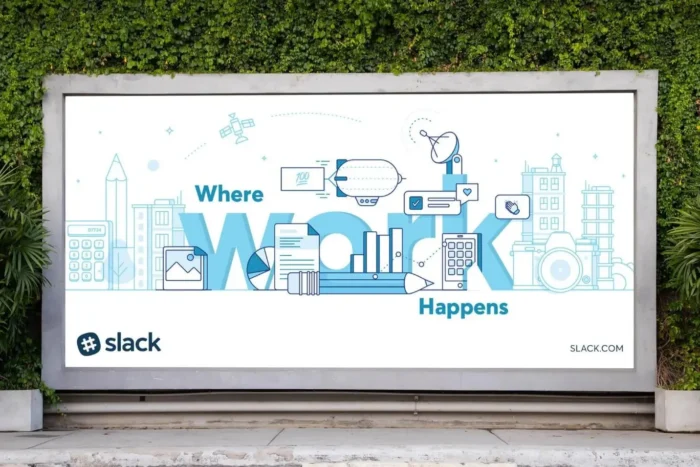
Buffer does this exceptionally well. Check out their homepage and Instagram side by side. The fonts, colors, photography style, and tone are completely aligned. That consistency makes the brand easier to recognize and harder to forget.
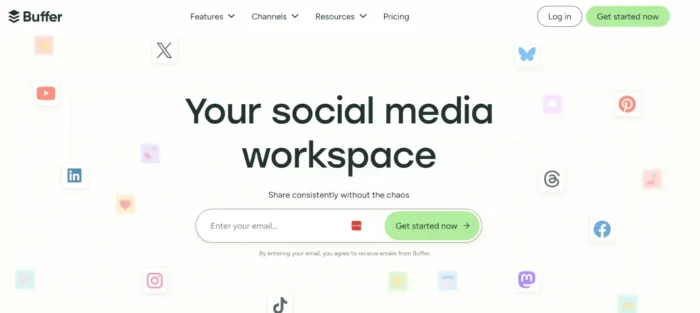
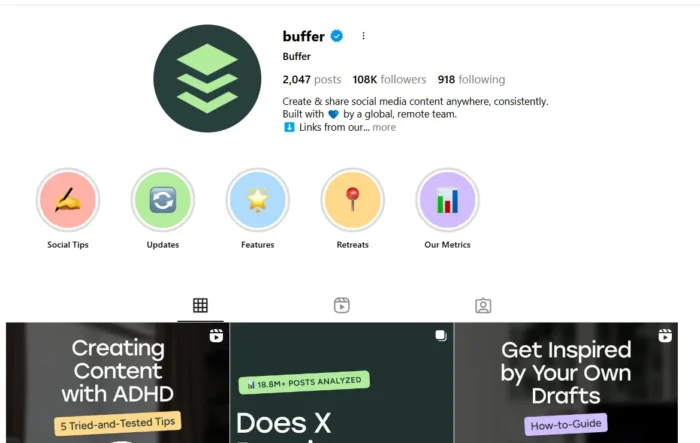
This is what you’re aiming for. Unified branding builds memory and trust.
Here’s your action plan:
Document your brand guidelines (tone, colors, fonts, logo usage) Train your team on how to apply those guidelines Audit your current channels to spot inconsistencies Fix the gaps before launching new campaignsOptimize Profiles on Search Engines and Social
Your digital storefronts often make the first impression, not your website.
Google Business Profiles, LinkedIn, Facebook, Instagram, and even TikTok bios are discovery points. If those profiles are incomplete or outdated, you’re wasting opportunities to build awareness.
Take this optimized Google Business Profile for a local coffee shop. They’ve included high-quality photos, accurate hours, keywords in the business description, customer reviews, and direct links to their website and menu. This kind of completeness signals credibility to both users and search algorithms.
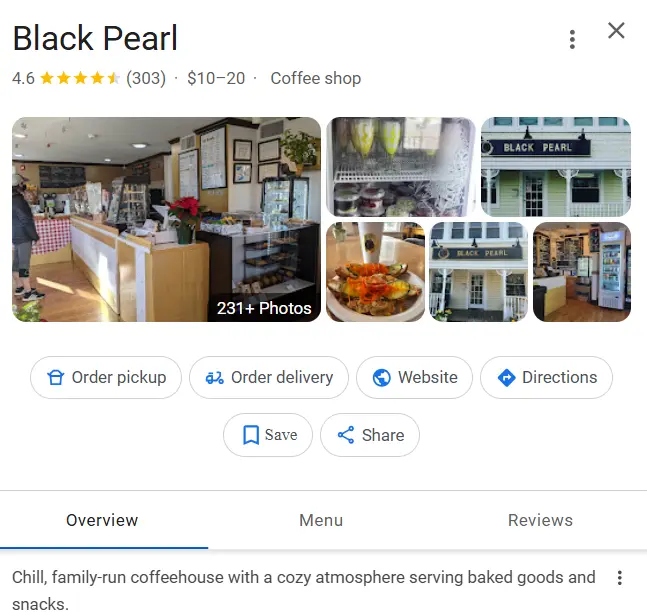
The same logic applies to social platforms. A half-finished LinkedIn profile or an Instagram bio with no link hurts your brand more than it helps. Fill out every field. Use keywords naturally. Link to your site.
Pro tip: Claim your brand name on every major platform, even if you’re not active there yet. You don’t want someone else grabbing your handle or creating confusion.
Consider Influencer/Other Brand Partnerships
You don’t need to go viral to reach more people. You can start by tapping into someone else’s audience.
Influencer marketing and strategic brand collaborations amplify your visibility organically. But follower count isn’t everything. Look for:
Alignment in audience demographics and values Authentic content that matches your brand tone A track record of real engagement, not just vanity metricsGymshark is a perfect example. They partnered with micro-influencers who created TikTok workout videos while wearing their gear. The content looked native to the platform and felt genuine because it was. That authenticity drove massive brand awareness without traditional advertising.
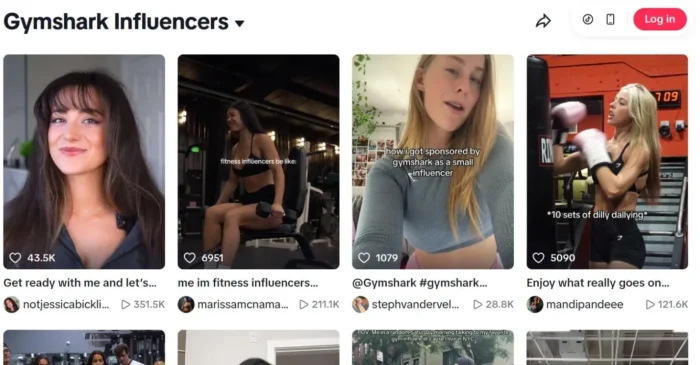
Another route: collaborate with complementary brands. If you sell coffee, partner with a local bakery for a co-branded event. Cross-promote on social. Share each other’s audiences. Both brands win.
Find Engagement Opportunities With Your Audience
Conversations spark memory. The more your audience interacts with you, the more likely they are to remember you.
Engagement doesn’t have to be complicated. It can be as simple as replying to comments on Instagram or as involved as hosting live Q&A sessions on LinkedIn. Spotify Wrapped is a masterclass here. Users eagerly share their personalized results every year, generating millions of organic impressions.
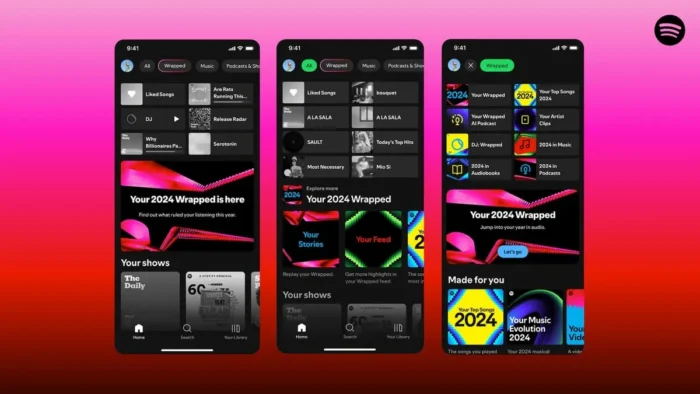
Duolingo takes a different approach with humor. Their social team replies to comments with witty, on-brand responses that often get more engagement than the original post. That two-way interaction builds presence faster than broadcasting alone.
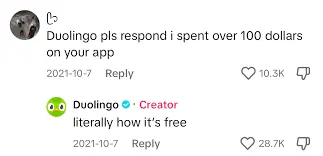
Here are practical ways to boost engagement:
Respond to every comment on your posts (yes, every one) Ask questions in your captions to spark replies Run polls and surveys to gather feedback Host AMAs (Ask Me Anything) on Reddit or Instagram Live Create shareable content that encourages tagging and repostingThe more people interact with your brand, the more familiar you become.
Use A/B Testing
Guessing what resonates with your audience is a waste of time. Test it.
A/B testing helps you figure out what messaging, visuals, and formats drive the most engagement. More engagement means more brand recognition.
Start simple. Test two email subject lines to see which gets more opens. Try two different Instagram captions to see which gets more comments. Experiment with video thumbnails on YouTube.
Tools like Google Optimize, Optimizely, or even native platform analytics can help you run these tests. The insights you gain will help you refine your brand messaging over time.
Practice an Omnichannel Strategy
Your audience isn’t glued to one platform. They move between email, social media, search engines, podcasts, and even voice assistants.
Omnichannel marketing means showing up across all of them with consistency. Not copy-pasting the same content everywhere, but adapting your core message to fit each channel’s format and audience expectations.
Canva nails this. Their email campaigns, LinkedIn posts, and TikTok videos all maintain the same visual identity and helpful tone. The messaging shifts slightly to match each platform, but the brand feels cohesive.
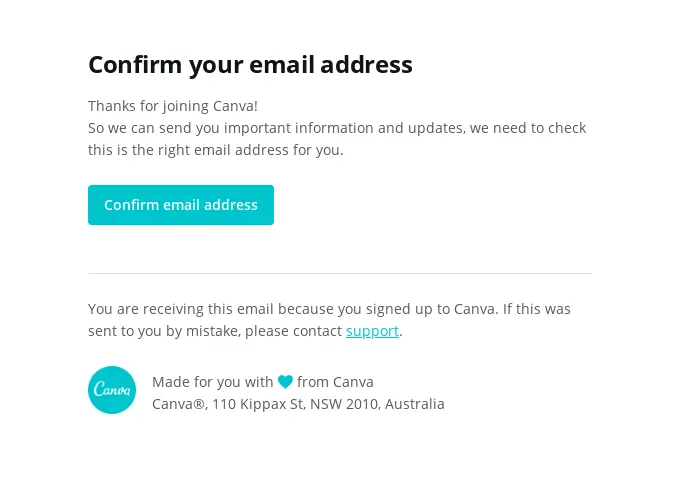
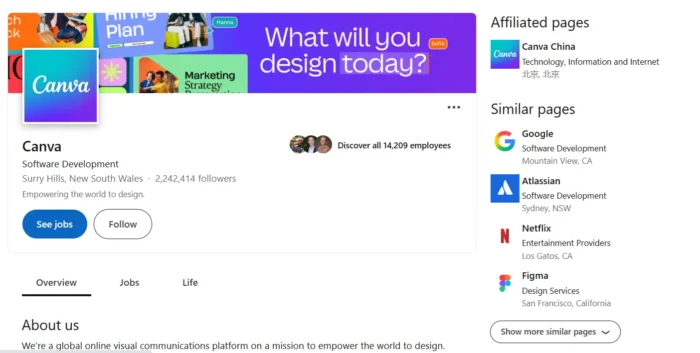
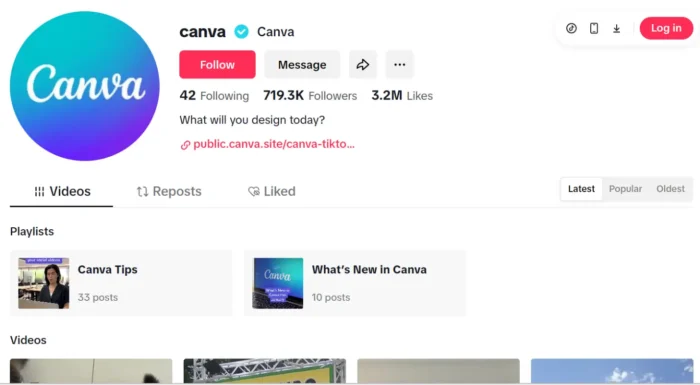
That cohesion makes the brand easier to remember and trust. People see you everywhere, and repetition builds familiarity.
Here’s how to execute an omnichannel strategy:
Identify the three to five platforms your audience uses most Develop content formats that work on each (blog posts, videos, infographics, podcasts) Use scheduling tools to maintain a consistent presence Track performance to see where you’re gaining tractionYou don’t need to be everywhere. Just be consistent where you want to show up.
Provide Value (Without Asking For Something Back)
Not every piece of content needs a CTA or a sales pitch.
Free value builds goodwill and gives people a reason to remember you. Think templates, tutorials, calculators, and guides. No gates. No hard pitch. Just useful content.
HubSpot mastered this years ago. Their free CRM, blog templates, and educational resources turned them into a go-to source for marketers. People associate HubSpot with helpfulness, not just software.
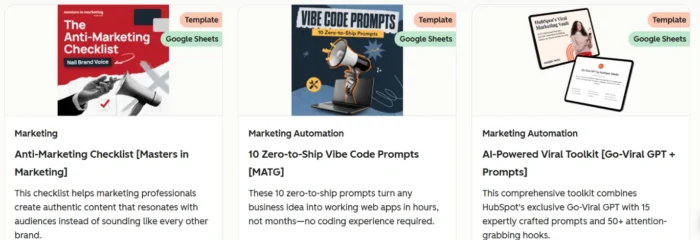
You can do the same on a smaller scale:
Publish how-to guides that solve real problems Create free tools or templates your audience can download Share behind-the-scenes insights into your processes Offer free consultations or audits (if it fits your business model)When you consistently give without asking, people remember. And when they’re ready to buy, you’re top of mind.
Build Out A Thought Leadership Plan
Thought leadership isn’t about ego. It’s strategic positioning.
People trust brands that demonstrate expertise. That trust leads to mentions, shares, backlinks, and citations in AI tools. All of these feed into organic brand awareness.
Effective thought leadership formats include:
Guest posts on authoritative industry blogs Original research or data studies published on your site Speaking opportunities at conferences or webinars Contributions to expert roundups and interviews Regular insights shared on LinkedIn or TwitterThe key is consistency. One viral post won’t make you a thought leader. Publishing valuable insights month after month will.
And here’s the bonus: thought leadership directly impacts E-E-A-T (Experience, Expertise, Authoritativeness, Trustworthiness), which Google uses to evaluate content quality. The more you establish your expertise, the better your content performs in search and AI results.
Generate Social Proof
People trust people more than they trust brands.
That’s why social proof (testimonials, reviews, user-generated content) is one of the most effective ways to build credibility and awareness.
Feature happy customers in your marketing. Encourage product photos and reviews. Highlight tweets or Instagram posts tagging your brand. Showcase case studies that demonstrate real results.
This example from Glossier does it perfectly. They regularly feature customer photos and testimonials across their social channels and website. Real people using real products. That authenticity drives trust and recognition.

Here’s how to generate social proof:
Ask satisfied customers for testimonials and reviews Create a branded hashtag and encourage customers to use it Run contests that incentivize user-generated content Feature customer stories in your email campaigns and blog posts Display review ratings prominently on your websiteThe more your customers talk about you, the more awareness you build.
How To Measure Brand Awareness Strategy Success
Not everything that matters can be measured, but a lot of it can.
Here are the key signals that your brand awareness strategy is working:
Search traffic for branded keywords: Track how many people search for your brand name or variations in Google Search Console. Rising branded searches indicate growing awareness. Brand mentions: Use tools like Brand24, Mention, or Google Alerts to monitor how often your brand gets mentioned across the web and social media. More mentions mean more visibility. Social engagement: Look beyond follower counts. Are people commenting, sharing, and tagging your brand? High engagement signals strong awareness. Direct traffic: Check your analytics for direct traffic (people typing your URL directly into their browser). This suggests they already know who you are. Survey responses: Run simple brand awareness surveys asking, “Have you heard of [Your Brand]?” Track the percentage over time. AI visibility: Search for industry-related queries in ChatGPT or Google’s AI Overviews. Does your brand get mentioned? This is becoming increasingly important for brand mentions and overall visibility. Dedicated tools like Profound also specifically focus on AI visibility.Here’s a snapshot of brand tracking in Mention:
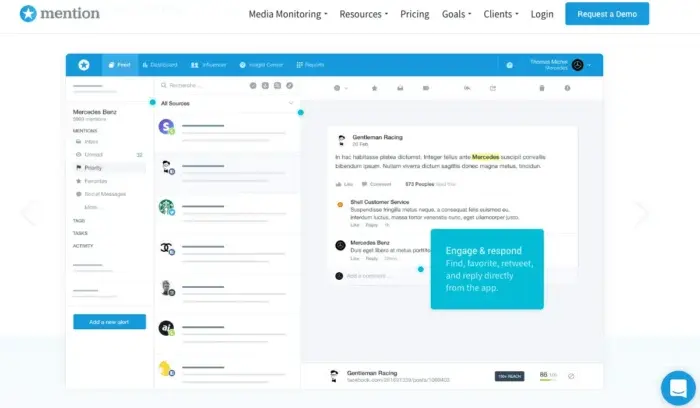
Review these metrics monthly. Trends matter more than one-off spikes. A consistent upward trajectory means your strategy is working.
FAQs
How to build brand awareness?
Start with a clear brand identity and consistent messaging. Optimize your profiles across search and social platforms. Publish valuable content regularly. Engage with your audience. Partner with influencers or complementary brands. Focus on providing value without always asking for something in return.
Why build brand awareness?
Because people buy from brands they recognize and trust. Brand awareness drives customer loyalty, makes new product launches easier, and increases your visibility in both traditional search and AI-powered tools. Without awareness, you’re invisible to potential customers.
How long does it take to build brand awareness?
Typically, three to six months to see initial traction, but long-term brand awareness builds over years. Consistency matters more than speed. Stick with your strategy, measure your progress, and refine based on what’s working.
<h2>Conclusion</h2>
Conclusion
Brand awareness isn’t a vanity metric. It’s the foundation of every sale you’ll make tomorrow.
If people don’t remember you, they can’t choose you. That’s why consistent branding, smart engagement, and value-driven content matter so much. These strategies don’t require massive budgets. They require focus and persistence.
Start with one or two tactics from this guide. Master those before expanding. Track your metrics to see what’s working. Improve your visibility step by step.
Want help building a brand people actually remember? NP Digital can help you develop a full-funnel strategy that drives awareness and growth.

 MikeTyes
MikeTyes 







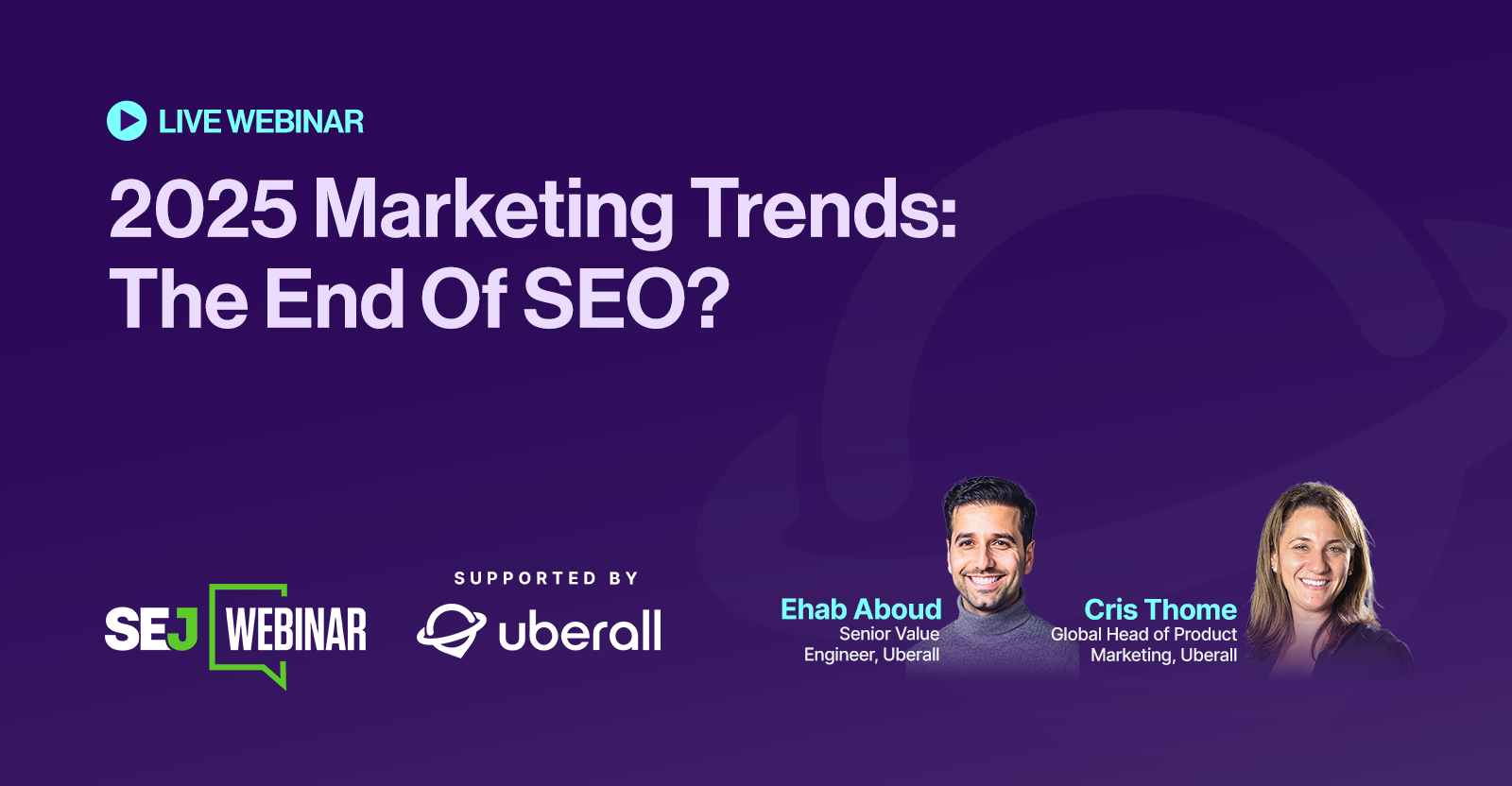
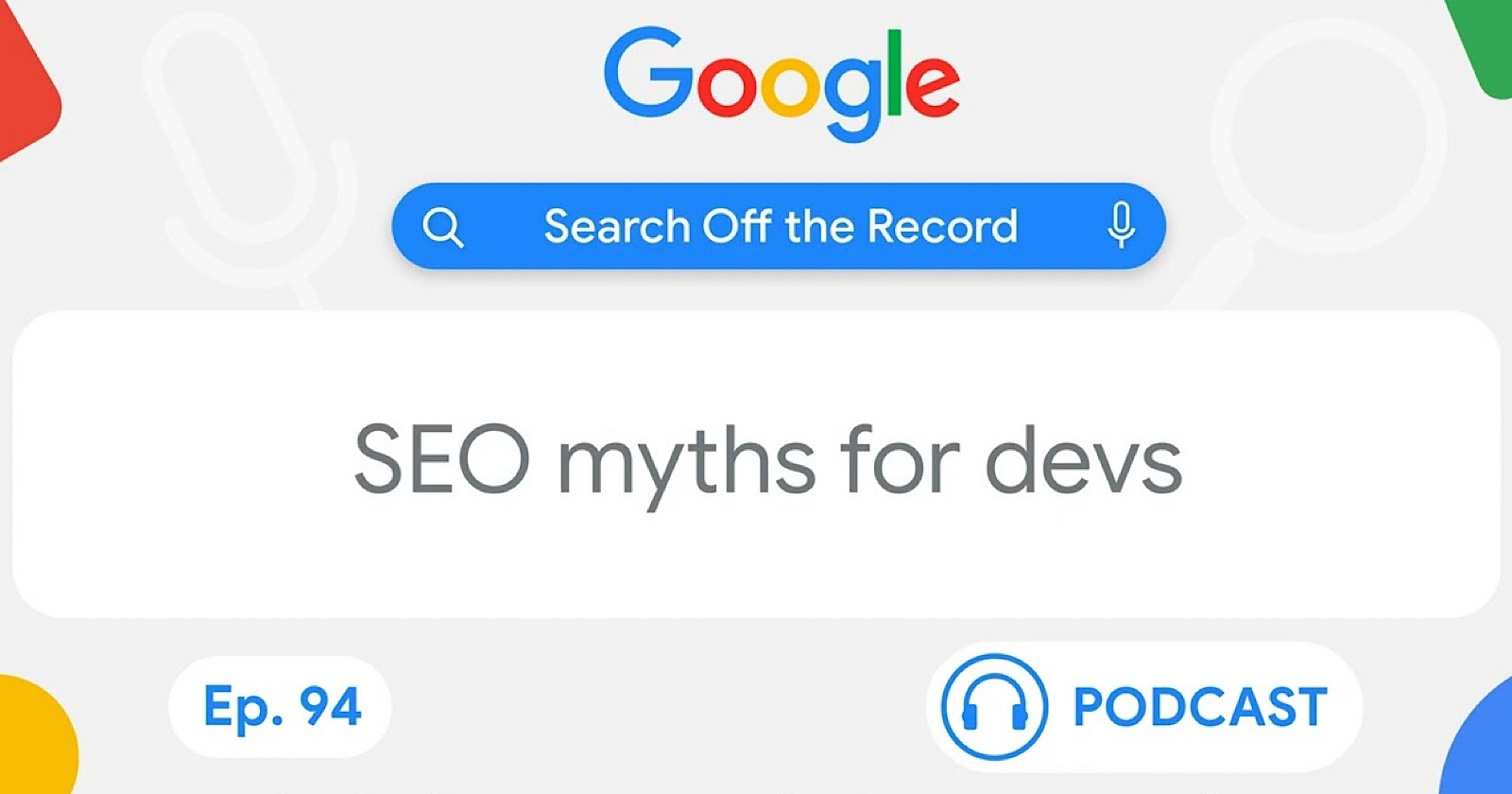
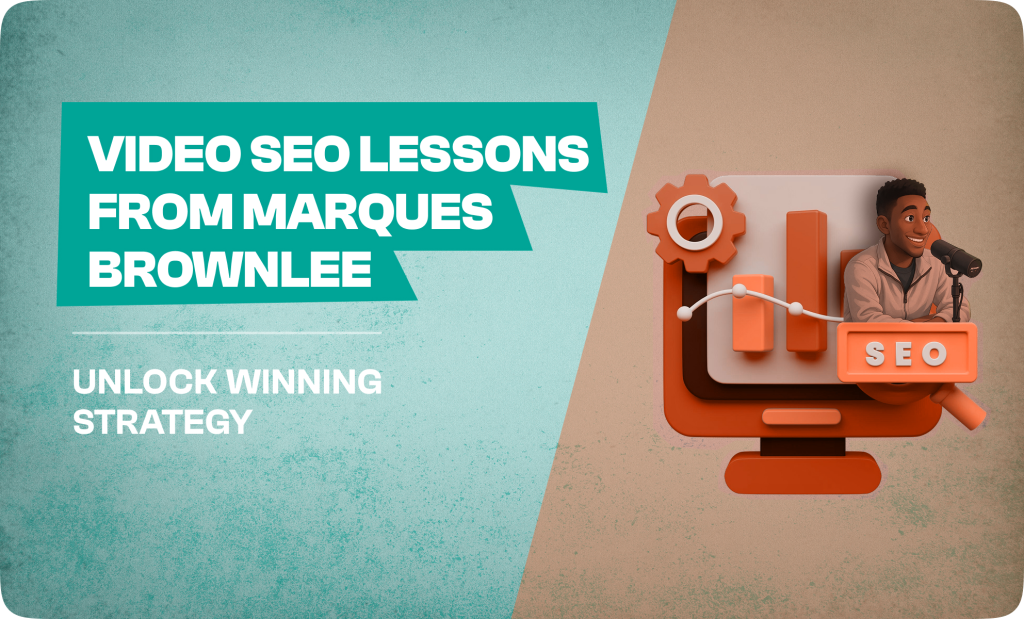

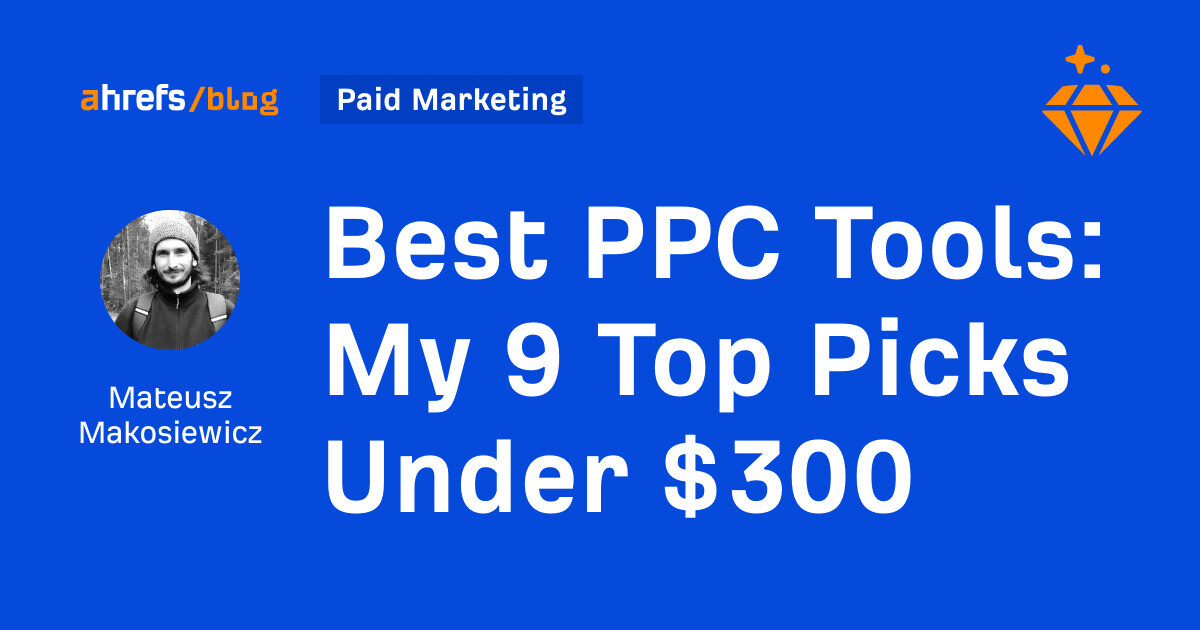

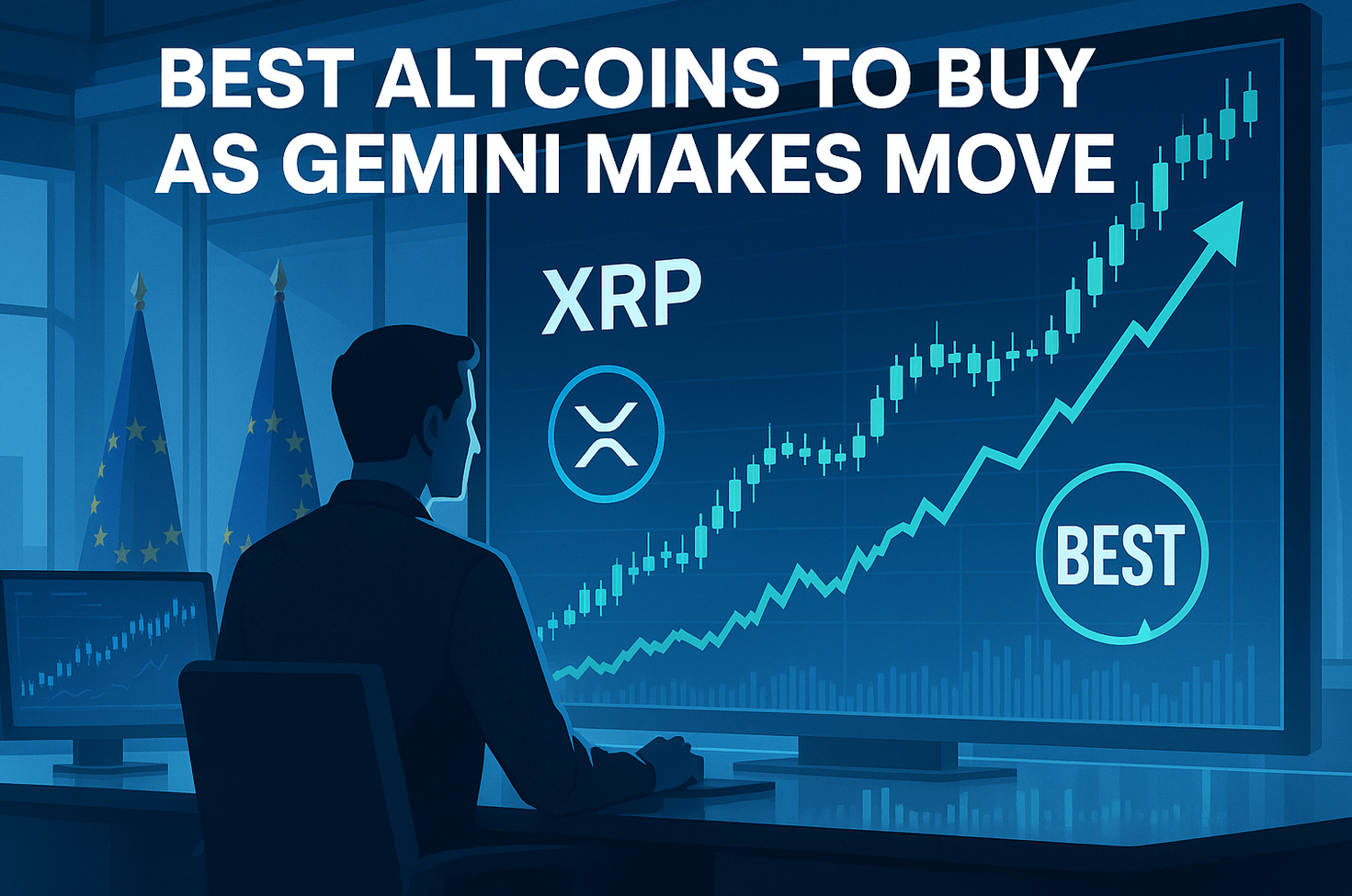


.jpg&h=630&w=1200&q=100&v=6e07dc5773&c=1)

